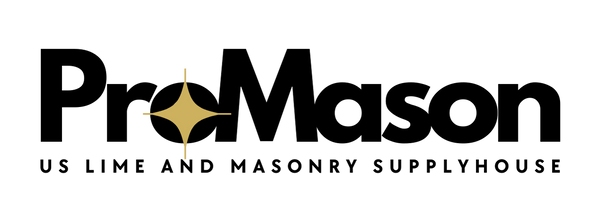Historic structures are treasures that require meticulous care to withstand the test of time. Lime mortars, with their breathability and flexibility, have been instrumental in the preservation of these architectural gems. Within the realm of lime mortars, the discussion of naturally hydraulic lime (NHL) versus pozzolanic lime mortars (PHL) is a significant one for preservationists and builders alike.
Understanding the Fundamentals: NHL and PHL
Natural Hydraulic Lime (NHL) is derived from limestone containing specific clays and minerals. These impurities give NHL its hydraulic properties, allowing it to set and harden both in the presence of air and water. Different classes of NHL (2, 3.5, 5) offer varying degrees of hydraulicity, influencing setting time and compressive strength.
Pozzolanic Lime Mortar (PHL) is created by blending non-hydraulic lime (lime putty) with pozzolans – siliceous or aluminous materials like metakaolin, fly ash, or rice husk ash. Pozzolans react with the lime in the presence of water, creating a hydraulic set similar to NHL.
Preservation Benefits of Lime Mortars
Both NHL and PHL provide crucial benefits for historic preservation:
* Breathability: Lime mortars allow moisture vapor to pass through, preventing the buildup of damaging moisture within walls.
* Flexibility: These mortars accommodate minor movement in structures, reducing the risk of cracking.
* Compatibility: Lime mortars have similar chemical and physical properties to traditional mortars, ensuring a harmonious bond with historic materials.
* Aesthetics: Lime mortars can be matched to the color and texture of existing mortar, maintaining the visual integrity of historic structures.
The PHL Advantage: Sustainability and Accessibility
While NHL has traditionally been favored for preservation projects, PHL offers distinct advantages, especially in regions like the United States:
- Domestic Production: Unlike NHL, which is primarily produced in Europe and requires significant transportation, PHL can be manufactured locally. This significantly reduces the carbon footprint associated with transporting materials.
- Resource Efficiency: Many pozzolans, such as fly ash, are byproducts of other industries, making their use in PHL a form of upcycling and resource conservation.
- Customization: The properties of PHL can be tailored by adjusting the type and amount of pozzolan used. This allows for mortars that closely match the specific requirements of a preservation project.
- Cost-Effectiveness: Due to local production and resource efficiency, PHL can often be a more cost-effective option than imported NHL.
The Case for PHL in Preservation
The similarities in performance between NHL and PHL make PHL a viable alternative in many preservation contexts. In fact, PHL can even outperform NHL in specific situations:
* High-Sulfate Environments: Some pozzolans, like metakaolin, are highly resistant to sulfate attack, making PHL a preferable choice in areas with sulfate-rich groundwater.
* Rapid Setting: PHL can be formulated to set more quickly than NHL, which can be beneficial in projects with tight timelines or where early strength is required.
Embracing a Sustainable Future
As the preservation community strives for sustainable practices, PHL offers a promising avenue. Its local production, resource efficiency, and performance characteristics make it a compelling option for many projects. By embracing PHL alongside NHL, preservationists can ensure the longevity of historic structures while minimizing their environmental impact.

